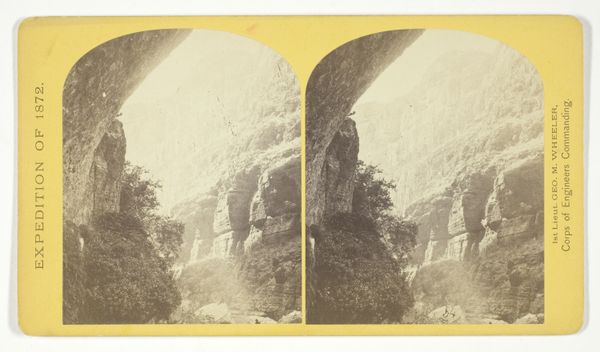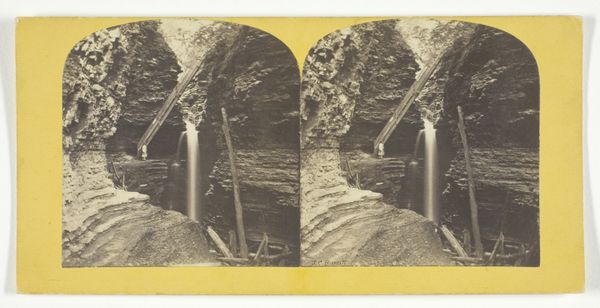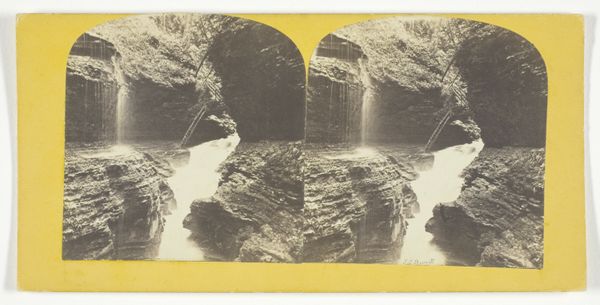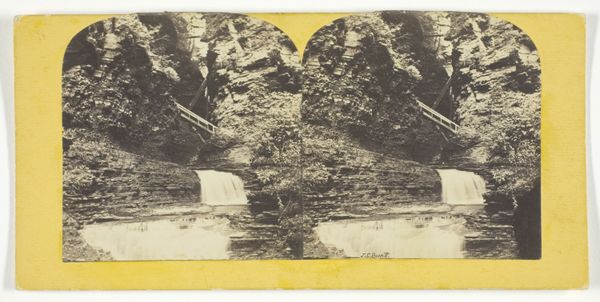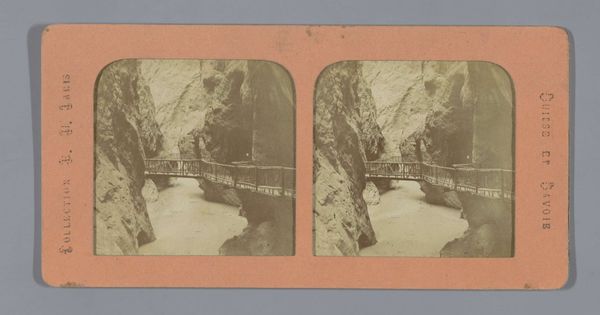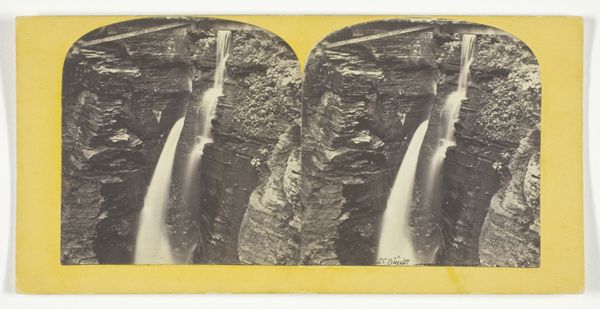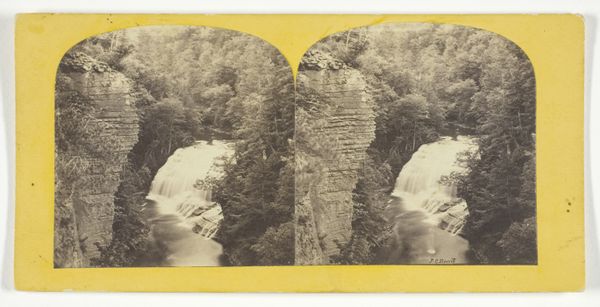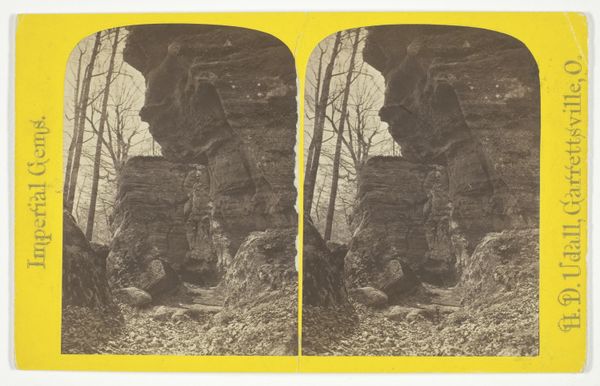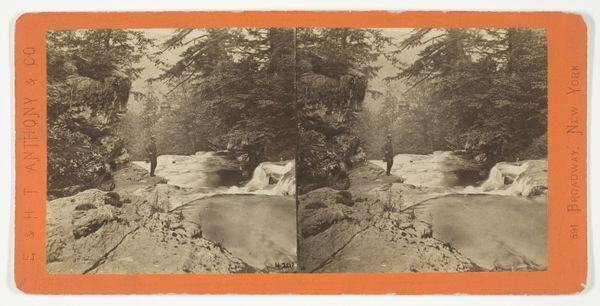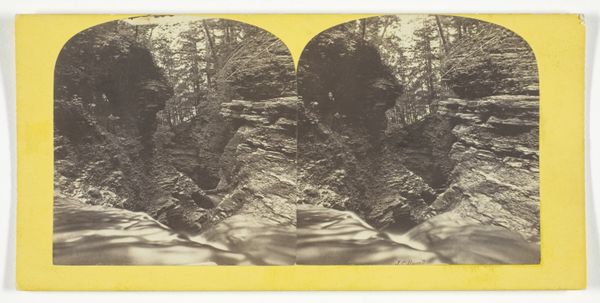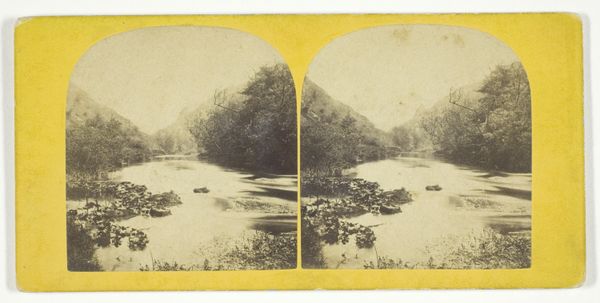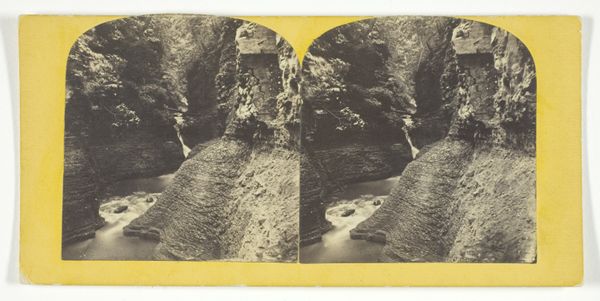
print, photography
#
16_19th-century
# print
#
landscape
#
photography
Dimensions: 6.5 × 6.6 cm (each image); 8.6 × 17.6 cm (card)
Copyright: Public Domain
Editor: So, this stereograph is called "Napoleon Bridge," and it was made sometime between 1875 and 1899. It’s part of the Art Institute of Chicago's collection. It seems like a straightforward landscape, but the dual image format makes it a little unsettling. What do you see in this piece beyond a picturesque bridge? Curator: The stereograph, especially with a title like “Napoleon Bridge,” evokes ideas of connection, not just geographically, but culturally and temporally. The bridge itself acts as a potent symbol, doesn’t it? It’s a testament to human ingenuity overcoming natural divides, yet also hints at the potential for hubris – like a reaching for something beyond our grasp, reminiscent of Icarus or even the Napoleonic ambition implied in its name. Editor: Hubris is a strong word! How does the landscape itself contribute to that reading? Curator: Look at how the bridge contrasts with the wild, almost untamed nature surrounding it. The man-made structure is precise, controlled. Nature is chaotic, overpowering. Then consider that stereographs were hugely popular; they were a way of ‘capturing’ and ‘domesticating’ faraway places. Does this photograph promise control but also remind the viewer that this control may be an illusion? It makes me wonder what the cultural significance was during that time, with advancements happening at such a rapid pace. Editor: I see what you mean. It's not just a pretty picture; it's about the relationship between humans and the world they're trying to shape. I’ll never see a landscape the same way again. Curator: Precisely! This photograph, while seemingly simple, prompts a consideration about how we continue to frame and manage nature today.
Comments
No comments
Be the first to comment and join the conversation on the ultimate creative platform.
